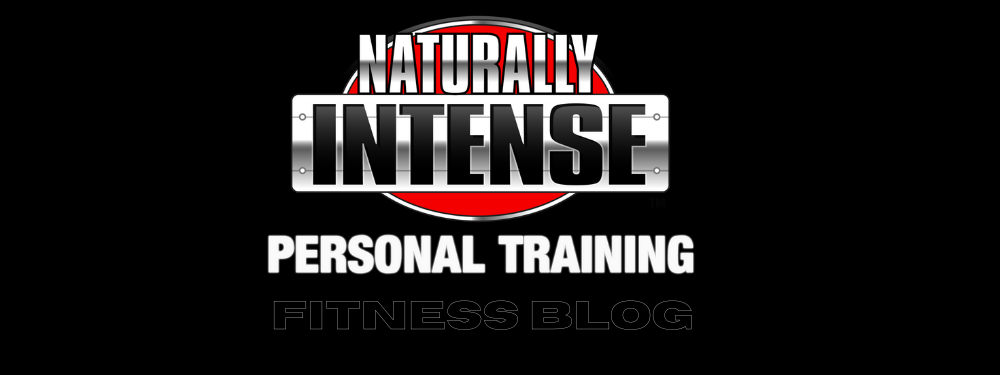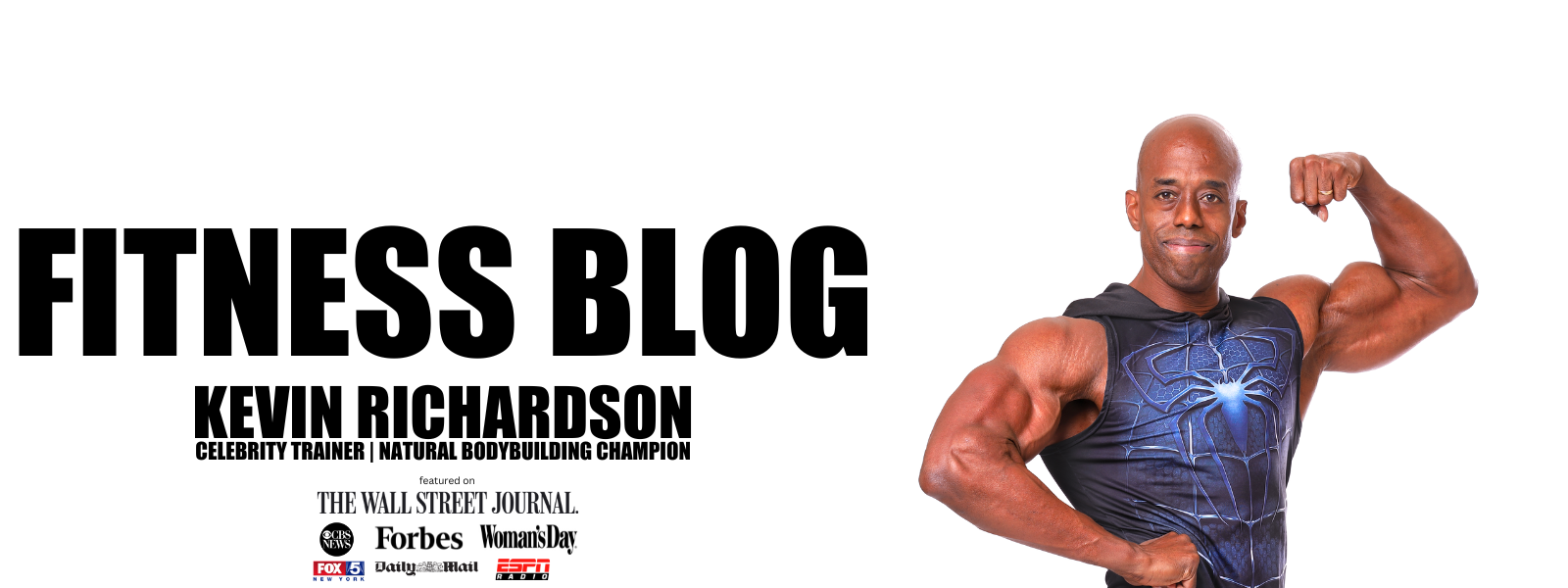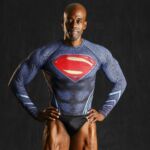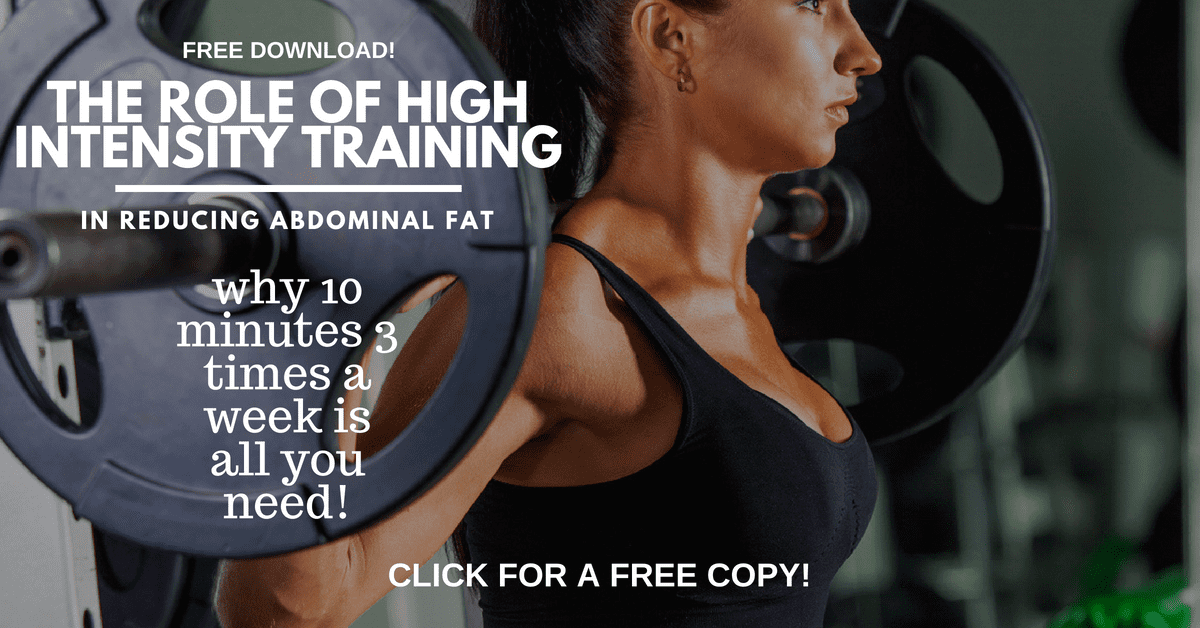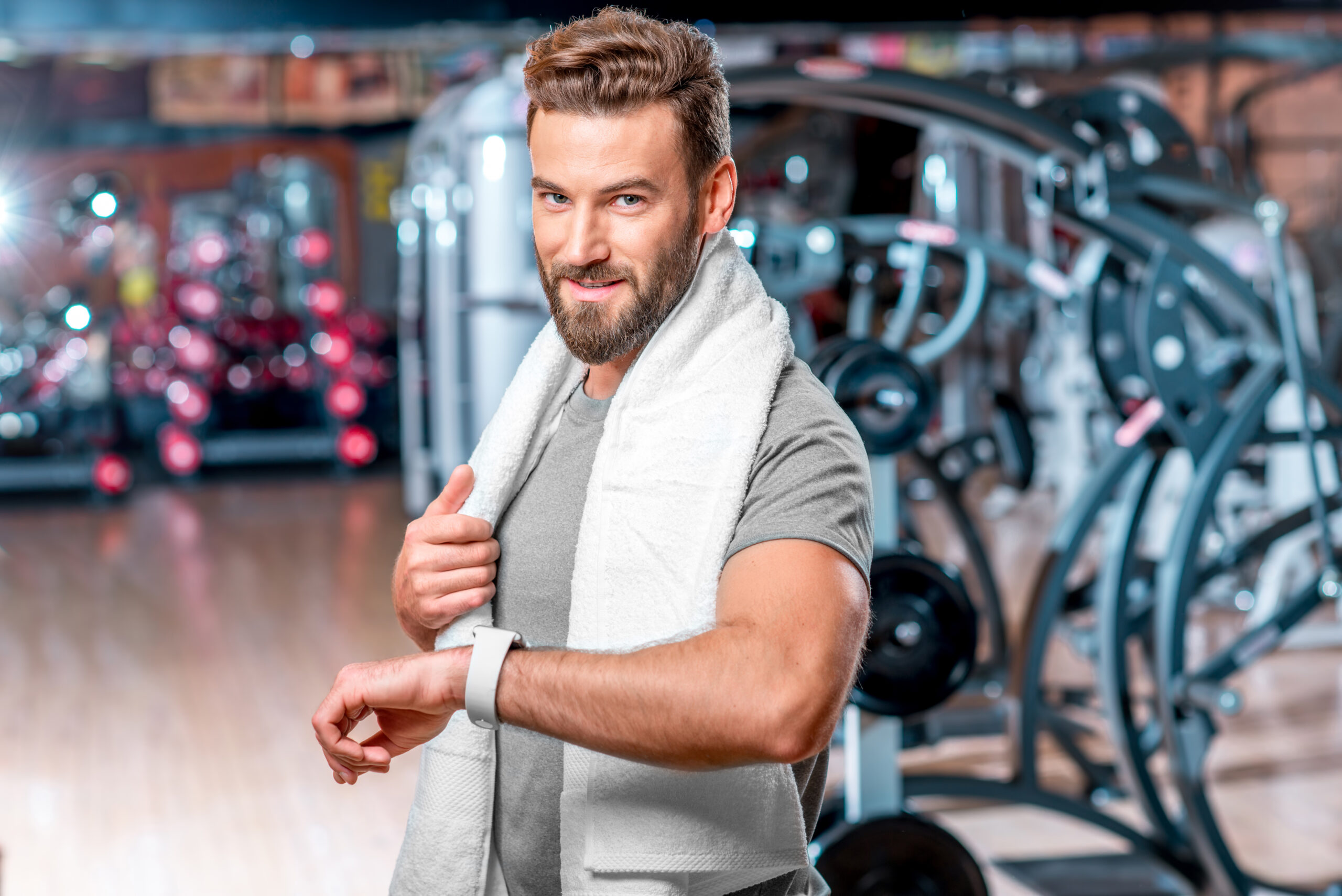
When Is The Best Time To Workout? AM vs PM
Most gym goers have their preferences and set-in-stone ideas as to when is the best time to workout. Some swear that training in the morning is the best way to start their day with a good workout, a small number squeeze in their workouts around lunchtime while most people feel training in the evening is best (after work in the late afternoon or at night.) The question remains however, when is the best time to train and does the time that you train make that much of a difference in terms of results? It’s a question my New York City personal training clients often ask. However, like so many questions related to human physiology, the answer isn’t as clear cut as we might like it to be as there are indeed times when most of us are, in theory, able to perform at our physical best but, (and it’s a big ‘but’), that all depends on your individual training habits and, (to a degree), your goals. The hard science leans towards late afternoon/early evening workouts being best for optimum performance, but this may not be applicable to everyone. In this article we will take a look at the pros and cons of working out in the morning vs working out in the evening and hopefully it provides some insight into when would be the best training time for you.
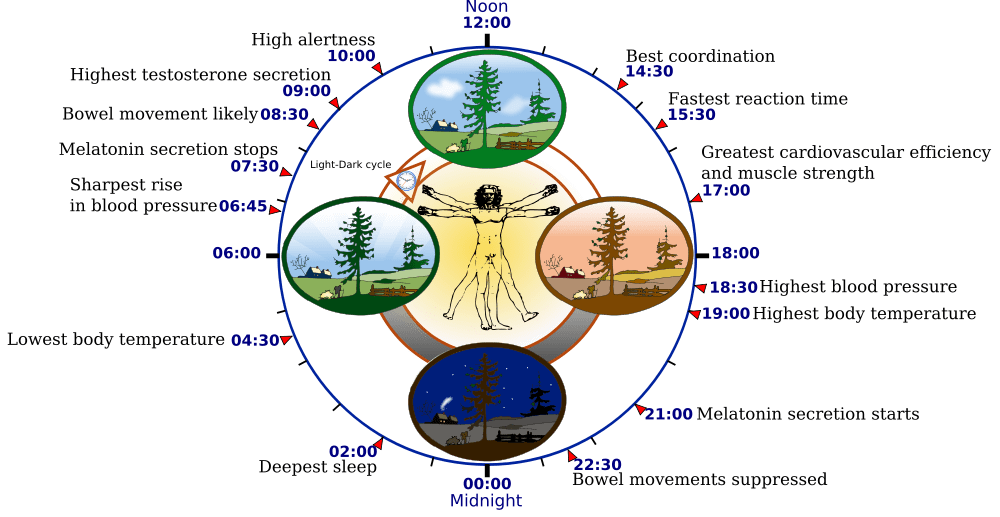
When Is The Best Time To Workout- A Look At How Our Body Works
Like most creatures on Earth, our bodies are completely influenced by the rising and setting of the sun. Almost all of our bodily functions oscillate, (rise and fall), in what are termed circadian rhythms that repeat themselves every twenty four hours[1], thanks to part of our brain called the suprachiasmatic nuclei and it’s bundle of circadian oscillator cells. An internal clock of sorts that resets itself every day using light as a point of reference for the time of the day. These ‘clocks’ synchronize our moods, hunger and energy levels in a cyclical pattern, something we all can all relate to in some form. For example, when you wake up you aren’t anywhere near as sharp as you would be if you had been awake for a few more hours, (regardless of how many cups of coffee you have!) It takes time for us to ‘warm up’ and the increase in our mental acuity continues up to the early evening, at which point our ability to concentrate begins to decline. This rise and fall pattern holds true not just for our mental capacities, and our motivation to train, but also for most of the components related to sports performance such as muscle strength, flexibility and short term power output. All of which can vary depending on the time of the day.[8]
When Is The Best Time To Workout- The Connection Between Muscle Strength, Performance & Body Temperature
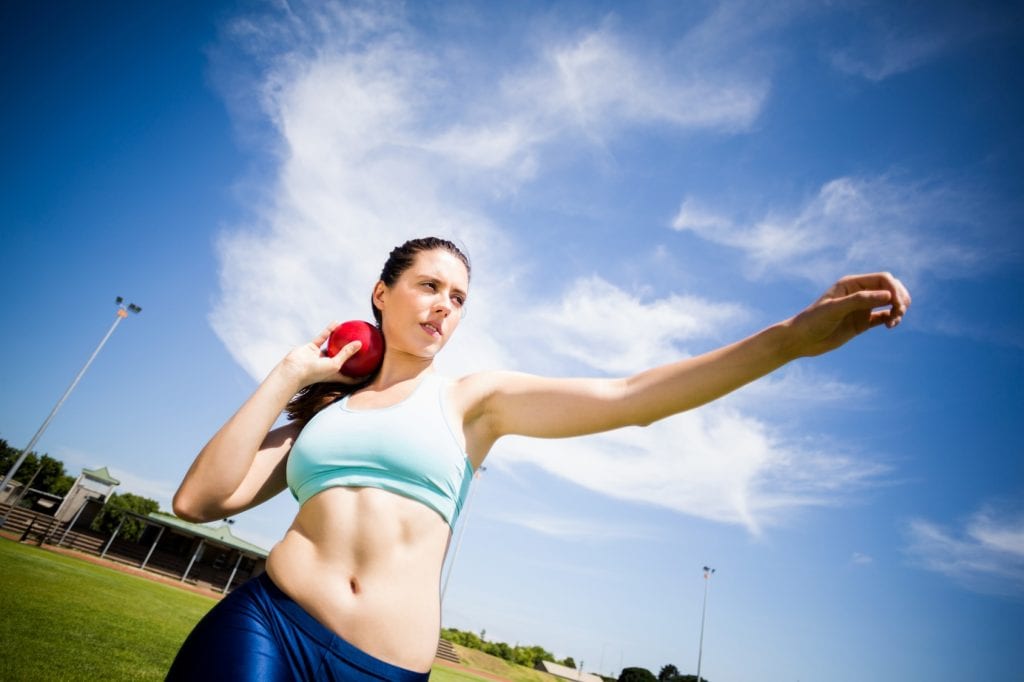
One important change in our bodies over the course of the day that affects sports performance is body temperature. Your body temperature drops to its lowest point at or around 4 am and continues to rise until it peaks around 6 pm.[3] A fluctuation between 97.5 and 99.5 degrees Fahrenheit (that’s 36.5 to 37.5 degrees Celsius for those of us on the metric system), and these changes in temperature appear to have a significant impact on our ability to perform physical tasks.[4] Studies show a direct correlation between body temperature and nerve conduction. Making arousal levels and reaction times higher in the afternoon/evening compared to what they are in the morning.[5] Increases in body temperature may also lead to an increase in carbohydrate utilization as a primary fuel source over fats and also facilitate actin-myosin cross bridge mechanics, which allows muscles to generate more force.[6] This may partly explain why peak performances are postulated to usually occur in the early evenings at the time of the highest body temperatures.[7] (See also my article on Weight Loss and Food Timing) In keeping with the timeline of increasing body temperature, isometric grip strength appears to peak between 2 pm and 5 pm and the isometric strength of the arm muscles have been seen to peak in the early evening as well.[8, 9,10] Lower back strength is also higher in the evening than it is in the morning,[12] and our ability to perform brief, explosive movements also peaks in the later part of the day.[13,14,15] Plasma levels of testosterone, which plays an essential role in increasing muscle size and strength have been found to be significantly higher after evening training sessions, when compared to morning training sessions. And some studies have found greater strength increases from workouts performed at 8pm compared to those performed at 9 am.[16]
When Is The Best Time To Workout- Things To Consider When Training In The Morning
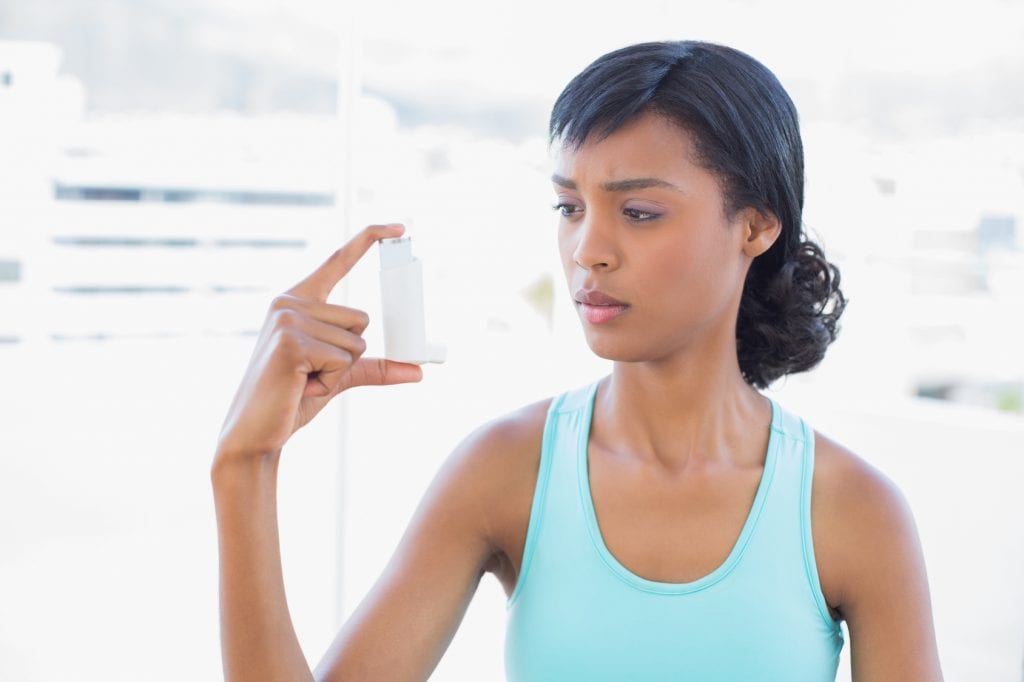
Given that increased body temperature has a significant effect on increasing exercise performance, it is highly recommended that you warm up thoroughly before training on mornings. One study found that by extending the warm up period before morning exercise sessions, participants were able to increase body temperature to levels comparable to that of afternoon exercise sessions and an increase in performance was observed, seemingly as a result.[18] However, while another study observed increases in exercise performance among cyclists who did extended warm ups, the average cycling times were still always better in the early evenings.[18] While body temperature is indeed linked to increased performance, the fact that warming your body to the same temperature as it would be during an afternoon training sessions does not equate to the same level of performance means that there are other factors involved.
Recent studies have found other performance related changes in our bodies, changes that occur independent of body temperature. Force produced during maximal voluntary contraction is higher in the evenings than it is on mornings, even when induced by electrical stimulation. Thus, it is thought that the increase in contraction force over the course of the day may be because of greater calcium release into the muscles and increased calcium sensitivity of contractile proteins and changes in myosin ATP activity. All of which increase over the course of the day, peaking in the afternoon/early evening. [19] Another change at the muscular level is an increased concentration of inorganic phosphate. Which reaches its highest values at 6pm and has a significant effect on the actin-myosin crossbridge process responsible for muscular contractions.[20]
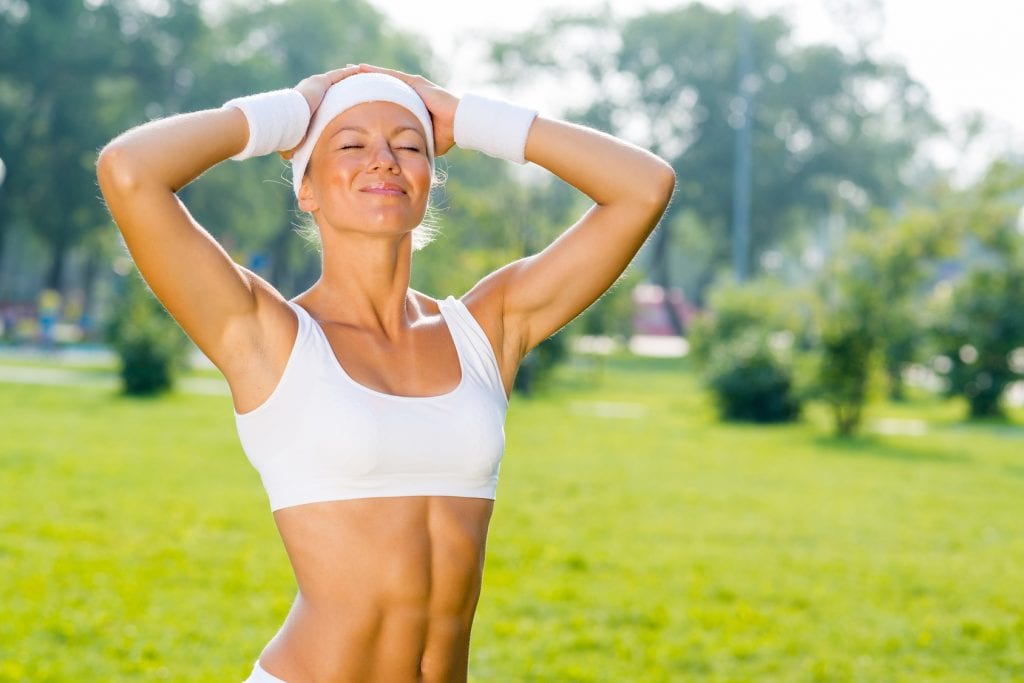
There are some possible safety considerations as well for certain populations. The two main indicators of breathing rhythms, (forced expiratory volume and peak expiration flow), are at their lowest levels between the hours of 3 am and 8 am[21] and research shows that those who suffer from asthma have much greater breathing variations and can thus have very low levels slightly later in the morning.[22] Given that most asthma attacks occur at night or in the early morning, asthmatics are usually advised against high intensity exercise early in the morning.[22] The risk of suffering a coronary event is also three times higher in the morning compared to any other time of the day.[23] Since there is some connection between physical exertion and cardiac events, especially among those who are generally inactive and suddenly perform strenuous activities. (Note though that all the research evidence suggests that the risks of physical activity far outweigh the benefits for healthy subjects and the risk of an exercise-related cardiac event decreases with increasing amounts of physical activity.[23,25,26]) However, given the increase in risk earlier in the day, some recommend that individuals with pre-existing heart conditions not schedule their most intense exercise sessions in the morning [24] and include at least a 5 minute warm up and cool down session before and after training to further reduce the likelihood of myocardial infarction.[27,28,29]
Is Late Afternoon/Early Evening The Best Time To Workout?
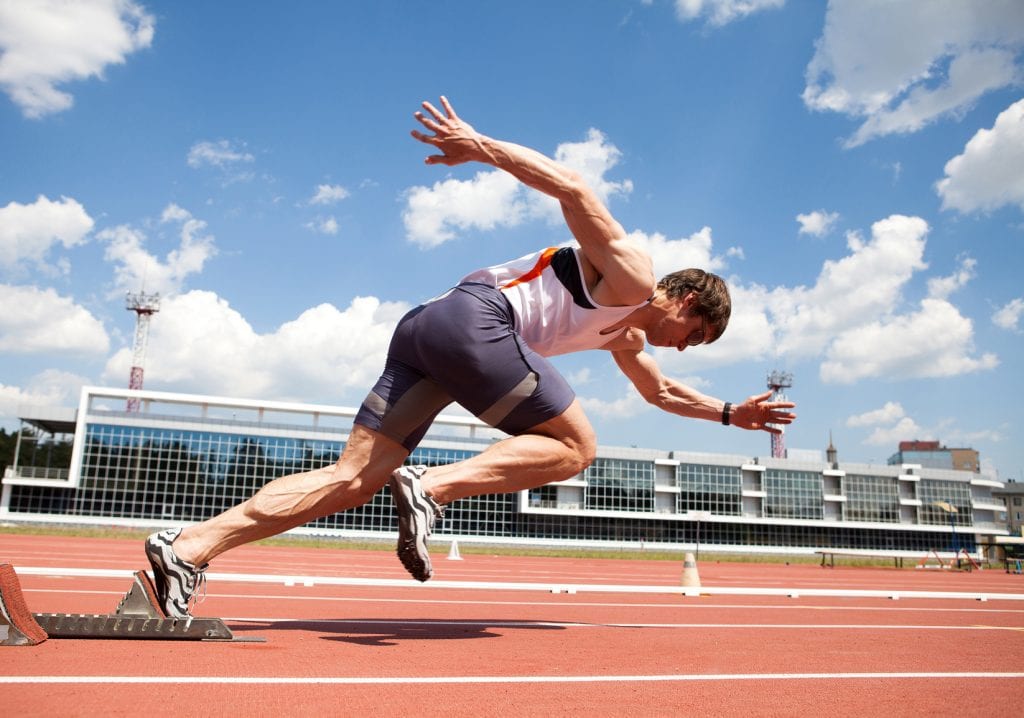
From the aforementioned research cited thus far, it would certainly appear that training in the afternoon/early evening might be the best time to workout, but as with so many aspects of human physiology, it isn’t quite that simple and to date no study has been able to convulsively say that one time is universally better than another as a general recommendation.[8] Some argue that since most world records are broken by athletes competing in the early evening (between the so called magic hours), it is a strong implication that we should all train at that time but such observations must be looked at in the proper context. For example, most major sporting events are held in the early evening so as to cater to the demands of peak television broadcasts[30,31] so the fact that more records are broken at that time may be simply because there are more events at that time.[8] Timing of optimal performance also varies by activity. Since overheating has a significant negative impact on endurance type activities such as running, marathons and the like are usually scheduled earlier in the day when it is cooler- especially in summer and in warmer climates.[8] Marathons starting later in the day are often plagued by runners becoming ill and marked reductions in the performance of even the best in the field because of the higher temperatures.[32]
Individual Best Time Of Day Considerations
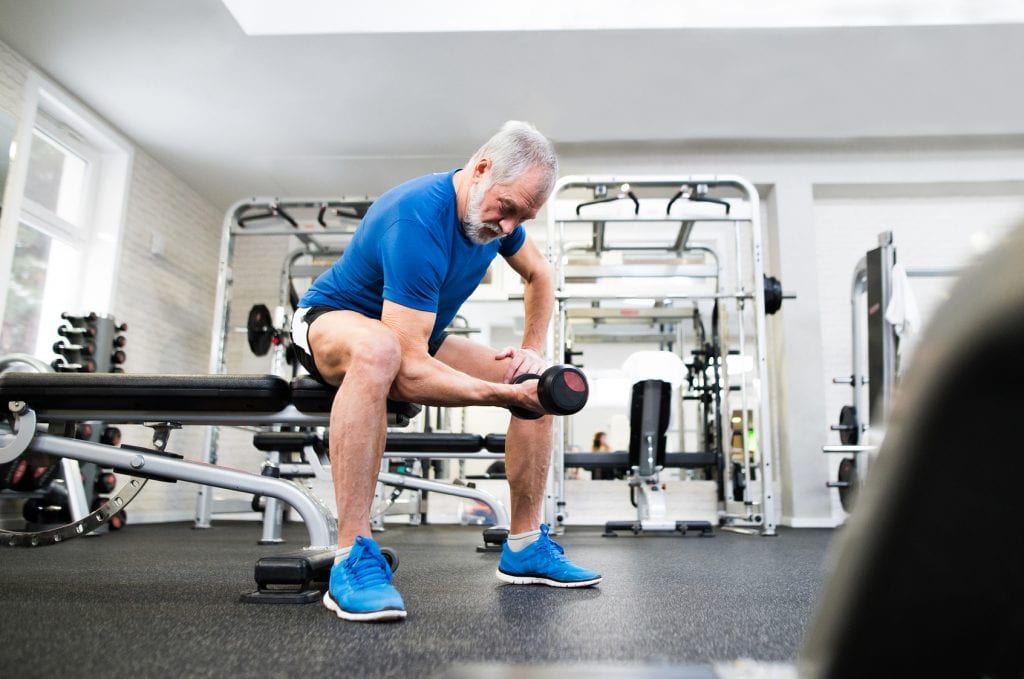
For non-endurance athletes, in trials done at different times of the day, cyclists, runners, swimmers, and weight throwers generally tend to perform better in the early evenings. [15,33] However there is also evidence that individuals with different sleeping patterns and diurnal preferences find it difficult to train in the afternoon to late evening times. Some of us simply prefer morning activity, (the ‘larks’), while at the other end of the spectrum, some would rather be active later in the day or at night, (the ‘owls’). Most of us however, fall somewhere in the middle and the aforementioned studies reflect the performance shifts of the general population, not those who identify themselves as being more of a morning person or more of a night person.[8]
Temperature and time of day may have an effect on performance but what is most important when scheduling a training program is the time of day the individual is able to train and the time when they feel most motivated to do so. True, there is some research that finds an increase in self-motivated exercise intensity among those training in the late afternoon/early evening[8] however all the intensity in the world is not worth much if you don’t make it to the gym in the first place!
We should also bear in mind that the increases in performance over the course of the day are far greater among advanced athletes than among sedentary individuals or for those just starting an exercise routine.[8] So for a beginner, the differences between training in the morning and training in the late afternoon/early evening would not be as pronounced.[34] For a beginner what would be more important would be to find a schedule that allows him or her to train regularly so as to build up to their fitness levels and worry about details like optimal performance later if it ever becomes relevant. Individuals over the age of 50 also appear to have a smaller change in body temperature over the course of the day and their performance does not increase as much as their younger counterparts over the course of the day.[15] Most individuals over 50 years old appear to also have a greater tendency towards ‘morningness’[34,35,36,37] Thus for those over 50, the best time to train would be the time when they are most motivated and inclined to do so.
When Is The Best Time To Workout? Anytime!
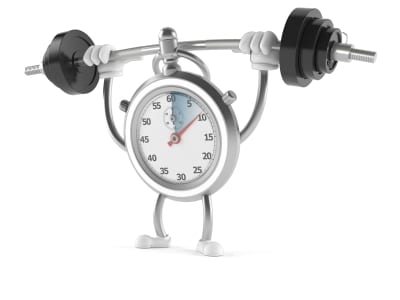
We like clear cut answers to often asked questions and in this case it’s important to not try to set in stone a specific time of day as the best time to train. We are by nature adaptive beings, who are constantly being shaped by our environment and so it should come as no surprise that we are able to condition ourselves to be at or close to our best in terms of performance at different times of the day.[8] Research shows that when individuals train only in the morning or only in the early evening (during the theoretical peak performance time), those who usually trained on mornings did better on physical performance tests given early in the day while those accustomed to training on evenings did better on performance tests when in the evenings.[8] Like light and timing of meals, exercise appears to have a powerful effect as well on synchronizing our internal clock[2] and so it makes sense to not be too hung up on any particular training time. What is important is that you try to train at or around the same times so your body can adapt to that time as a period requiring high levels of performance.
Training Recommendations for Fat Loss
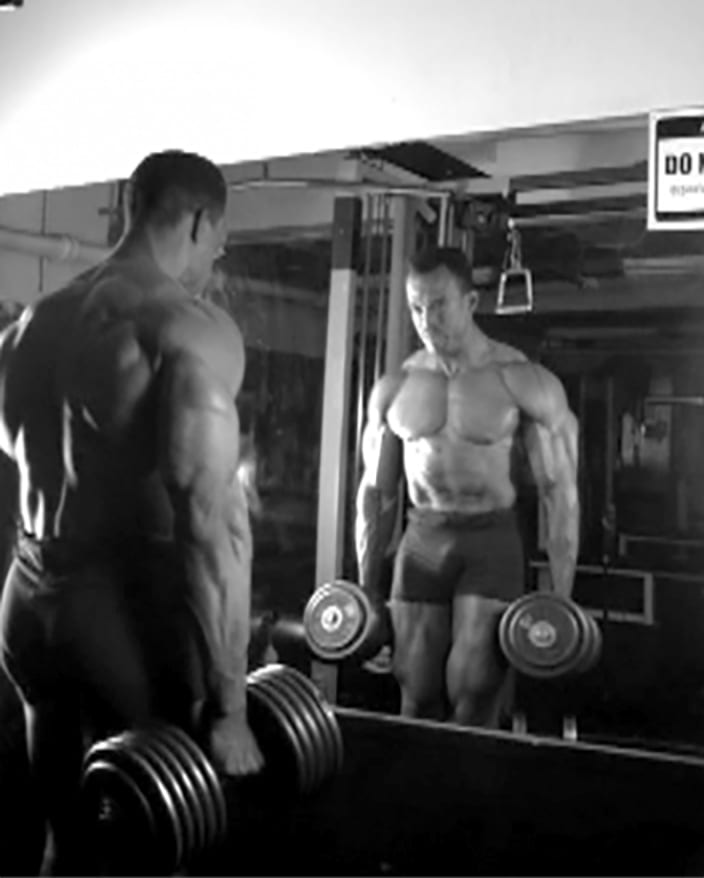
On a personal note, I have trained both on morning and in the evenings for decades (I did my leg workouts on Sunday mornings and the rest of my body during the week at around 6:30 pm for over twenty years). Did I see any noticeable differences? It’s hard to say, I set all of my personal best lifts for legs in the morning when I trained them and my best lifts for upper body exercises in the evening when I trained them. That said, when I stopped training on Sunday mornings and switched to training legs later in the day there was no difference in my lifts and any increases in my personal best lifts now could be attributed to simple improvements over time. On that note, over 95% of clients I have trained were in the late afternoon/early evening between the hours of 5 pm to 7:30 pm- but that is simply because most people find it easier to go to the gym right after work. There is indeed an increase in fat utilization as fuel during the earlier part of the day, and some swear that training on mornings makes a big difference in fat loss. However, over the course of 26 years, I personally never saw any difference in fat loss among the clients I had training in the mornings compared to those training in the afternoon/early evening. The only factor that made any difference in their rate of fat loss was how regular they were with their training and how strictly they adhered to their dietary program. The time that they trained made absolutely no difference in outcomes. The bottom line is that consistency is key to the success of any athletic endeavor and as long as you can find the time to train and keep on training, you’ll be successful. Now if you have an event that will require you to be at your very best at a specific time, it would make sense that you time your workouts to coincide with the time of the event several weeks beforehand.
Now the number one cited reason why most people don’t workout is lack of time and I highly recommend high intensity training modalities than call for intense training over a short period of time, (10-15 minutes) rather than marathon workouts lasting an hour or more for two reasons. Firstly, you’ll be more likely to fit in a 10 minute high intensity workout consistently at or around the same time than an hour long workout, and with higher intensity training, you train for no more than three times a week, further making it more likely for you to sustain the routine and reap the benefits that come from working out regularly. Otherwise, even though research shows that the “ideal time” for most of us to exercise is in the late afternoon, we are so designed that your body will adapt to whatever time you regularly train. So be sure to train regularly whenever you can!
High Intensity Bodyweight Training: Ballistic Pushups & Dips!
This was a tough one!
Starts out with ballistic push ups (like clap pushups but without the clap as my wrist is still not 100%) nonstop for 20 reps, then all out on dips for 10 reps.
To say it was painful would be an understatement, but you just have to push through and keep on going.
Still training, hope you are too and as always, Excelsior!!! #naturallyintense
#hometraining #homeworkout #homeworkout #highintensitytraining #naturalbodybuilder #naturalbodybuilding #fitover40 #naturalbodybuildingvideos #chestday #chesttraining #naturalbodybuildingtips #pushups #dips #bodyweighttraining #highintensitytrainingtips #drugfreebodybuilding #calesthenics
Kevin's Unconventional Biceps Training- 3-6 Minutes a Week!
In this video I go over my biceps training using the Naturally Intense High Intensity Training protocols that helped me go from having arms measuring 11.5 to 12 inches to 18 inches drug free!
It's an unconventional approach for certain, but it's one that's helped my arms grow and the hundreds of men and women I have trained over the past 30 plus years.
Now, my success isn't due to being genetically gifted, as it took me the better part of 11 years to get my arms up to those measurements.
Which is significant as it works and been been proven time and time again to work for the average man or woman trying to grow their arms without drugs.
It's my hope that these high intensity training protocols can help you as much as they helped me!
Click on my bio link to see the full video on my YouTube channel and thanks as always for taking the time to look at my work!!! Excelsior!!! #naturallyintense
#highintensitytraining #naturalbodybuilder #naturalbodybuilding #fitover40 #naturalbodybuildingvideos #armworkout #bicepsworkout #naturalbodybuildingtips #biceps #armtraining #highintensitytrainingtips #drugfreebodybuilding #barbellcurls
At the Lancaster Classic Day 2 Elimination Rounds Against European Champion, and World Record Holder Leo Pettersen @leo_barebow_archer
I don't talk much about it but I'm also a competitive barebow archer (surprise!) and last Saturday I had the honor of making it to Day 2 at the Lancaster Archery Classic in the Barebow Division, as I made the top 64 out of 267 competitors and had a chance to shoot with some of the greatest barebow shooters on the planet!
I didn't make it past Leo, but it was a real rush to be there and a huge thanks to my coach, Joe MyGlyn @prolinearchery for helping me get there.
Thanks as well to my good friend @sean_chan33 for all of his help from the very start, to my line buddy Aaron Shea for taking the shot and showing up to support!
My thanks as well to rob_kaufhold for putting on and promoting one of the best archery tournaments on earth!
Thanks also to to everyone who took the time to send a supporting word and I am looking forward to next year!!! #naturallyintense #barebow
#lancasterclassic #lancasterarcheryclassic2024 #lancasterarchery #archery #fitover40 #barebowrecurve #targetarchery
Dumbo, Brooklyn circa 2004
This shot was taken as part of the promotion for my Naturally Intense DVD and was about a year after my last bodybuilding competition.
It was a grueling photoshoot.
We started at about 10 am and finished around 4pm and I was completely spent, but the more we shot the sharper I looked, so we kept on going.
It's nice to look back from time to time and as tired as I was, we all had a blast!
My thanks to @stephanie_corne_artwork, @https://pulse.ly/itgnag2dec and @ftaz1 for taking the shots!!!
Thanks for watching and as always, Excelsior!!! #naturallyintense
#naturalbodybuilder #naturalbodybuilding #throwback #fifthavenuegym #5thavenuegym #drugfreebodybuilding #naturalbodybuildinglifestyle #gymlife #gymmotivation #naturalbodybuildingmotivation #bodybuilding #blackandwhite #instablackandwhite #bnw
Can You Build An Impressive Physique Training Only At Home?
Absolutely!
I stopped training in commercial gyms as of March 2020 and have been training at home ever since.
Initially I was admittedly worried that I might lose some of my gains or not make as much progress, but that certainly wasn't the case.
I've consistently continued to improve with my high intensity workouts and muscles have no idea where they are training.
As long as the criteria of adequate intensity and overload are met, there will be an adaptive response and your muscles will get bigger and stronger.
So don't worry at all about where you train, focus instead of what will be the best way for you to always be training!
Thanks for watching and as always, Excelsior!!! #naturallyintense
Kevin's Three Day Training Spilt!
For the past 33 years I have trained three times a week with Naturally Intense High Intensity Training workouts lasting 10, 15 to 20 minutes max.
It's a training split tried and testes not only in it's helping me realize my goal of becoming a successful natural bodybuilder, but it's also helped hundreds of men and women over the past three decades.
I have tested just about every possible training split imaginable and for this particular style of high intensity training, this particular grouping consistently yields fantastic results.
I hope it helps you as much as it's helped me over the years and thanks so much for taking the time to look at my work.
Keep training hard and Excelsior!!! #naturallyintense
Excelsior!!! #naturallyintense
#trainingsplit #3daytrainingsplit #threedaytrainingsplit #naturalbodybuilding #naturalbodybuilder #naturalbodybuildingvideo #naturalbodybuildingmotivation #naturalbodybuildingtips #drugfreebodybuilding #bodybuilding #highintensitytraining #highintensitytrainingtips
405 Stiff Leg Deadlift for 7 Reps! High Intensity Training.
First leg workout of the year and already pushing it!
I haven't done a stiff leg deadlift over 315lbs for about 3 years at this point, and I did my last set with 315lbs and comfortably got to 10 reps and decided I had far too much gas left in the tank and that I should go up in weight.
So I did.
I figured I might get a solid 6 reps in, but I made it to 7 and I think I could have gone on to get a full 10 reps BUT that's when good judgement prevailed.
As a bodybuilder having not trained this heavy for so many years, the shock of this much weight would be more than enough to stimulate muscle growth, and doing more reps wouldn't yield any greater returns, only increase the likelihood of injury.
It's not about the numbers, it's about training to a point where you achieve your goal, and it's important to have a goal in mind as a bodybuilder based on increasing muscle mass rather than hitting a particular number.
Besides, if in my 20's I never did more than 405lbs on a stiff leg deadlift, it doesn't make any sense going heavier than when I am almost 50!
Could I deadlift more at this point?
Absolutely but just because you can doesn't mean you should!
So keep those weights in a good working range, keep it safe and as always Excelsior!!! #naturallyintense
#hometraining #homeworkout #homeworkout #roguerack #highintensitytraining #naturalbodybuilder #naturalbodybuilding #fitover40 #naturalbodybuildingvideos #backworkout #naturalbodybuildingtips #backtraining #highintensitytrainingtips #drugfreebodybuilding #fitoverforty #deadlift
Turning 50 in a few months...
Not much of a big deal for me as I still feel pretty much the same but I hope that my example helps show what can be done with a lifetime commitment to eating well and training consistently!
Thanks for coming along on the journey and as always, Excelsior!!! #naturallyintense
#naturalbodybuilder #naturalbodybuilding #healthylifestyle #fitover40 #drugfreebodybuilding #naturalbodybuildingmotivation #natty #fitness
Featured everywhere from the Wall Street Journal to CBS News, Kevin Richardson’s Naturally Intense High Intensity Training have helped hundreds lose weight and transform their bodies with his 10 Minute Workouts. One of the top natural bodybuilders of his time, Kevin is also the international fitness consultant for UNICEF and one of the top personal trainers in New York City. Learn more about his award winning personal training NYC services here!
Related Articles:
Sleep and Weight Loss- Sleeping In On Weekends Can Make You Gain Weight
References for When Is The Best Time To Train AM vs PM
1. Haus E, Touitou Y. Principles of clinical chronobiology. Biological rhythms in clinical and laboratory medicine. Berlin: Springer-Verlag 1992
2. Atkinson G, Coldwells A, Reilly T, et al. An age-comparison of circadian rhythms in physical performance measures. In: Harris S, Era P, Suominen H, et al., editors. Towards healthy aging — international perspectives. Part 1. Physiological and biomedical aspects. Albany: Center for the Study of Aging, 1994
3. Minors D, Waterhouse J. Circadian rhythms and the human. London: Wright PSG 1981
4. Reilly T, Brooks GA. Exercise and the circadian variation in body temperature measures. Int J Sports Med 1986
5. Wingate CM, Deroshai CW, Holley DC. Circadian Rythms and athletic performance. Med Sci Sports Exerc 1985
6. Starkie, R.L., Hargreaves, M., Lambert, D.L., Proietto, J. and Febbraio, M.A. Effect of temperature on muscle metabolism during submaximal exercise in humans. Experimental Physiology 1999
7. Cappaert, T.A. Review: Time of day effect on athletic performance: an update. Journal of Strength and Conditioning Research 1999
8. Atkinson G, Reilly T.Circadian variation in sports performance. Sports Med. 1996 —–
9. Gilford LS. Circadian variation in human flexibilty and grip strength. Aust J Physiol 1987
10. Reinberg A, Motohashi Y, Bourdeleau P et al. Alteration of period and amplitude of circadian rhythms in shift workers. Eur J Appl Physiol 1988
11. Coldwell A, Atkinson G, Reilly T. Sources of variation in back and leg dynamometry. Ergonomics 1993
12. Atkinson G, Greeves J, Cable T et al. Day-to-day and circadian variability of leg strength measured with the LIDO isokinetic dynamometer. J Sports Sci 1995
13. Down A, Reilly T, Parry-Billings M. Time of day and performance of the Wingate Anaerobic Test. J. Sports Sci 1985
14. Reilly T, Down A. Investigation of circadian rhythms in anaerobic power and capacity of the legs. J sports Med Phys fitness 1992
15. Atkinson G, Coldwells A, Reilly T et al. the influence of age on diurnal variations in competitive cycling performances. J Sports Sci 1994
16. Hildebrandt G. Gutenbrunner C. Rinhart C et al. Circadian variation in physical training. In:Gutenbrunner C, Hildebrandt G, Moore R. editors. Chronobiology and chronomedicine. Frankfutt: Peter Lang 1993
17. Taylor, K., Cronin, J.B., Gill, N., Chapman, D.W. and Sheppard, J.M. Warm-Up Affects Diurnal Variation in Power Output. International Journal of Sports Medicine 2011
18. Atkinson, G., Todd, C., Reilly, T. and Waterhouse, J. Diurnal variation in cycling performance: influence of warm-up. Journal of Sport Sciences 2005
19. Martin, A., Carpentier, A., Guissard, N., van Hoecke, J. and Duchateau, J. Effect of time of day on force variation in a human muscle. Muscle Nerve 1999
20. Guette, M., Gondin, J. and Martin, A. Time-of-day effect on the torque and neuromuscular properties of dominant and nondominant quadriceps femoris. Chronobiology International 2005
21. Gaultier C. Reinberg A., Girad F. Circadian rhythyms in lung resistance and dynamic lung compliance of healthy children. Effect of two bronchodilators. Respir Physiol 1977
22. Smolensky MH, Alonzo GED. Nocturnal asthma: mechanisms and chronotherapy. In: Haus E, Touitou Y. Principles of clinical chronobiology. Biological rhythms in clinical and laboratory medicine. Berlin: Springer-Verlag 1992
23. Willich SN, Lewis M, Lowel H et al. Physical exertion as a trigger of acute myocardial infarction. N Engl J Med 1993
24. Duda M. Should CHD patients avoid morning exercise? Physician Sports Med 1987
25. GIRI, S., P. D. THOMPSON, F. J. KIERNAN, J. CLIVE, D. B. FRAM, J. F. MITCHEL, J. A. HIRST, R. G. MCKAY, and D. D. WATERS. Clinical and angiographic characteristics of exertion-related acute myocardial infarction. JAMA 1999
26. BARNARD, R. J., G. W. GARDNER, N. V. DIACO, R. N. MACALPIN, and A. A. KATTUS. Cardiovascular responses to sudden strenuous exercise: heart rate, blood pressure, and ECG. J. Appl. Physiol. 1973.
27. BARNARD, R. J., R. MACALPIN, A. A. KATTUS, and G. D. BUCKBERG. Ischemic response to sudden strenuous exercise in healthy men. Circulation 1973.
28. MITTLEMAN, M. A., M. MACLURE, G. H. TOFLER, J. B. SHERWOOD,28. R. J. GOLDBERG, and J. E. MULLER. Triggering of acute myocardial infarction by heavy physical exertion: protection against triggering by regular exertion: Determinants of Myocardial Infarction Onset Study Investigators. N. Engl. J. Med. 329:1677–1683,1993
29. Thompson PD, Franklin BA, Balady GJ, Blair SN, Corrado D, Estes NA 3rd, Fulton JE, Gordon NF, Haskell WL, Link MS, Maron BJ, Mittleman MA, Pelliccia A, Wenger NK, Willich SN, Costa F. Exercise and acute cardiovascular events placing the risks into perspective: a scientific statement from the American Heart Association Council on Nutrition, Physical Activity, and Metabolism and the Council on Clinical Cardiology. Circulation 2007.
30. Smith RS, Guilleminault C, Efron B. Circadian rhythms and enhanced athletic performance in the National Football League. Sleep. 1997
31. Winter WC, Hammond WR, Green NH, Zhang Z, Bliwise DL. Measuring circadian advantage in Major League Baseball: a 10-year retrospective study. Int J Sports Physiol Perform. 2009
32. Associated Press- Heat wilts 2011 Marathon Champ as Kenyans Win. Berg A USA Today
33.Conroy RTWL, O’Brien M. Diurnal variation in athletic performance. J Physiol 1974
34. Harma MI, Ilmarinen J, Yletyinen I. Circadian variation of physiological functions in physically average and very fit dayworkers. J Human Ergol 1982
35. Leiberman HR, Wurtman JJ, Teicher MH. Circadian rhythms of activity in healthy young and elderly humans. Neurobiol Aging 1989
37. Atkinson G, Reilly T. Effects of age and time of day on preferred work-rates during prolonged exercise. Chronobiol Int 1995
38. Reilly T. Human circadian rhythms and exercise. Crit Rev Biomed Eng. 1990
